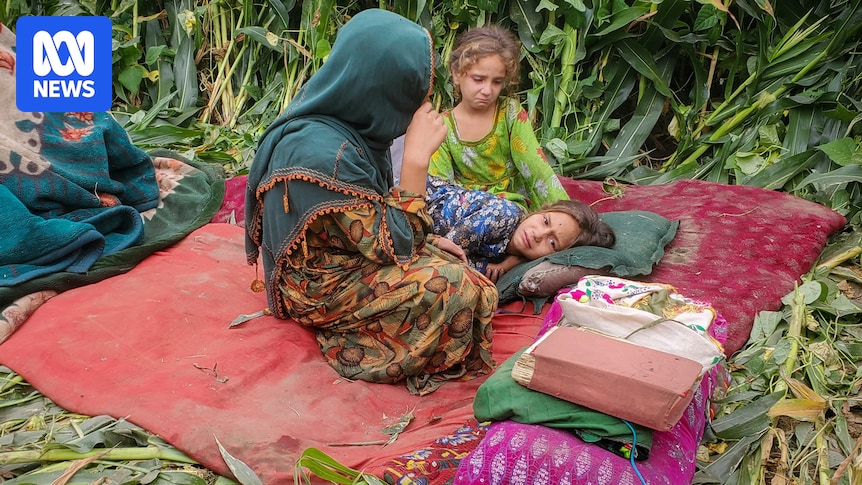
Desperate rescue efforts are underway in Afghanistan following a devastating earthquake near Jalalabad that has claimed at least 800 lives and injured approximately 2,800 others. The Taliban has urgently called for international assistance to manage the aftermath of the magnitude-6.0 quake that struck just before midnight on Sunday.
The disaster has primarily affected the eastern provinces of Kunar and Nangarhar, where Taliban spokesman Zabihullah Mujahid confirmed at least 812 fatalities. Local authorities have cautioned that the death toll is expected to rise as rescuers reach more isolated regions.
This catastrophe further strains the resources of Afghanistan’s Taliban administration, already challenged by a significant reduction in foreign aid and the deportation of thousands of Afghans from neighboring countries. Sharafat Zaman, spokesperson for the health ministry in Kabul, emphasized the dire need for international support, stating, “We need it because here lots of people lost their lives and houses.”
Impact on Local Communities
In the village of Mazar Dara, residents are grappling with the earthquake’s aftermath. Many sit weeping amidst the ruins of their homes, while others painstakingly clear debris by hand or transport the injured on makeshift stretchers. “The entire village has been destroyed,” one resident reported, highlighting the urgency for immediate aid.
Ziaul Haq Mohammadi, a student in Jalalabad, recounted the terror of the quake, which struck at a depth of 8km, causing severe damage to mud and brick buildings. “We spent the whole night in fear and anxiety because at any moment another earthquake could happen,” he said.
International Response and Challenges
Rescue operations face significant hurdles, particularly in mountainous areas along the Pakistan border, where heavy rains and landslides have rendered many roads impassable. Helicopters are being deployed to transport the injured, but access remains a critical issue.
After initial reports that no countries had offered assistance, both India and China have pledged support. China’s foreign ministry expressed readiness to provide disaster relief, while India’s Foreign Minister Subrahmanyam Jaishankar announced the delivery of 1,000 family tents and 15 tonnes of food material to the affected regions.
UN Secretary-General Antonio Guterres confirmed that the UN mission in Afghanistan is preparing to assist those in the most devastated areas. Additionally, Pope Leo XIV conveyed his condolences, stating he was “deeply saddened by the significant loss of life caused by the earthquake.”
Historical Context and Future Implications
Afghanistan is no stranger to seismic activity, particularly in the Hindu Kush mountain range, where the Indian and Eurasian tectonic plates converge. Since 1900, the region has experienced 12 earthquakes with magnitudes greater than seven, according to seismologist Brian Baptie of the British Geological Survey. He noted, “This scale of seismic activity, the potential for multi-hazard events, and the construction of structures in the region can combine to create significant loss of life in such events.”
The return of the Taliban in 2021 has led to a drastic reduction in foreign aid, further crippling Afghanistan’s ability to respond to disasters. The UN Development Programme reports that around 85% of Afghans live on less than one dollar a day, underscoring the urgent need for international support in the wake of this disaster.
As Afghanistan continues to grapple with the aftermath of the earthquake, the international community’s response will be crucial in determining the nation’s recovery trajectory. The situation remains fluid, with ongoing rescue operations and the potential for additional international aid to alleviate the suffering of those affected.






